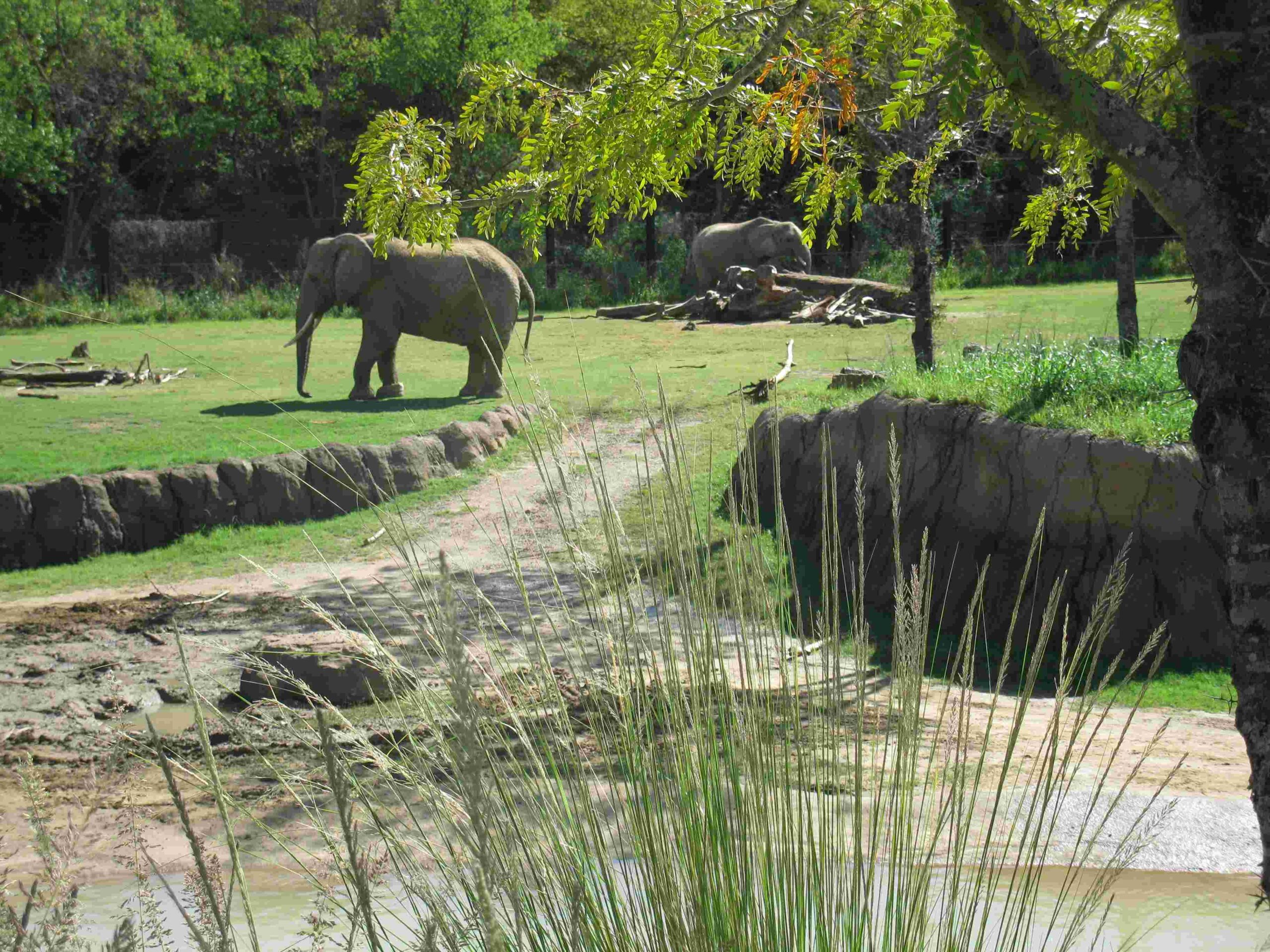The arrival of a new baby gorilla at the Dallas Zoo has captivated animal lovers and conservationists alike. This remarkable event showcases the zoo’s commitment to wildlife preservation and the challenges faced in caring for endangered species. The birth of this infant gorilla highlights the importance of specialized veterinary care, the complexities of primate social structures, and the ongoing efforts to maintain healthy captive populations of these magnificent creatures.
What Are the Details of the Baby Gorilla’s Birth?

Contrary to initial reports, the new baby gorilla was actually born at the Fort Worth Zoo, not the Dallas Zoo. This confusion highlights the importance of accurate reporting in wildlife conservation news. Here are the key details of this extraordinary birth:
- Date of Birth: January 5, 2024
- Name: Jameela
- Mother: Sekani, a 33-year-old western lowland gorilla
- Birth Method: Emergency cesarean section
- Reason for C-section: Complications from preeclampsia in the mother
- Gestational Age: 4-6 weeks premature
The circumstances surrounding Jameela’s birth were far from typical. The medical intervention required to safely deliver her underscores the advanced level of care provided to endangered species in accredited zoos.
How Did the Zoo Staff Respond to the Premature Birth?

The premature birth of Jameela necessitated an immediate and comprehensive response from the Fort Worth Zoo staff. Their actions demonstrate the level of expertise and dedication required in modern zoological institutions:
- Round-the-Clock Care: Zoo veterinarians and staff provided 24/7 monitoring and care for the newborn.
- Specialized Feeding: Jameela required bottle feeding every 2-3 hours to ensure proper nutrition.
- Temperature Regulation: Maintaining optimal body temperature was crucial for the premature infant.
- Health Monitoring: Regular weight checks and examinations were conducted to track Jameela’s progress.
- Collaboration with Human Medical Specialists: The zoo team worked alongside human medical experts to provide the best possible care.
This intensive care regimen highlights the similarities between neonatal care in human and great ape infants, emphasizing our close evolutionary relationship.
What Challenges Did the Zoo Face in Caring for the Newborn?
The birth of Jameela presented several unique challenges that the Fort Worth Zoo had to overcome:
-
Maternal Rejection: Sekani, the biological mother, showed no interest in caring for Jameela. This is likely due to the lack of hormonal cues typically triggered during natural birth.
-
Need for a Surrogate: The zoo had to identify and train a surrogate mother to care for Jameela.
-
Specialized Training: Gracie, another female gorilla, was chosen as the surrogate due to her experience with her own offspring and her ability to present the baby for medical examinations.
-
Integration into the Troop: Ensuring Jameela’s acceptance into the gorilla social structure was a delicate process requiring careful observation and management.
These challenges underscore the complex social dynamics of gorilla troops and the importance of understanding primate behavior in captive breeding programs.
How Does This Birth Contribute to Gorilla Conservation Efforts?
The successful birth and survival of Jameela represent a significant contribution to gorilla conservation efforts:
- Genetic Diversity: Each new birth in captivity helps maintain genetic diversity in the captive population.
- Research Opportunities: The unique circumstances of Jameela’s birth provide valuable data for primate researchers and veterinarians.
- Public Education: The story of Jameela raises awareness about the plight of endangered gorillas in the wild.
- Improvement of Captive Breeding Techniques: The experience gained from this birth can inform future breeding efforts in zoos worldwide.
What Can Visitors Expect When Viewing the New Baby Gorilla?
While specific viewing information for Jameela is not available, here are general tips for visitors hoping to see baby gorillas at zoos:
- Best Viewing Times: Early mornings or late afternoons when gorillas are most active.
- Patience is Key: Infant gorillas may not always be visible or active.
- Observe Quietly: Loud noises can disturb the gorillas and affect their behavior.
- Check Zoo Schedules: Look for special talks or feeding times that may offer better viewing opportunities.
- Use Binoculars: Bring your own to get a closer look without disturbing the animals.
How Does the Zoo Ensure the Well-being of Newborn Gorillas?
Zoos like Fort Worth and Dallas implement comprehensive care protocols for newborn gorillas:
- Veterinary Care: Regular health check-ups and vaccinations.
- Nutrition Management: Carefully formulated diets to support growth and development.
- Environmental Enrichment: Providing stimulating environments to encourage natural behaviors.
- Social Integration: Carefully monitored introduction to the gorilla troop.
- Behavioral Monitoring: Continuous observation to ensure proper development and socialization.
What Impact Does This Birth Have on the Zoo Community?
The birth of a baby gorilla like Jameela has far-reaching effects on the zoo community:
- Increased Visitor Interest: Baby animals often lead to higher attendance and engagement.
- Educational Opportunities: The birth provides a platform for teaching about primate conservation.
- Staff Morale: Successful births boost morale among zoo staff and reinforce the importance of their work.
- Inter-Zoo Collaboration: The transfer of Jameela to the Cleveland Metropark Zoo demonstrates the cooperation between institutions in animal care and conservation.
How Can the Public Support Gorilla Conservation Efforts?
Individuals inspired by Jameela’s story can contribute to gorilla conservation in several ways:
- Zoo Memberships: Support accredited zoos through memberships and donations.
- Education: Learn about gorillas and share knowledge with others.
- Responsible Tourism: If traveling to gorilla habitats, choose eco-friendly and responsible tour operators.
- Sustainable Choices: Make environmentally conscious decisions to protect gorilla habitats indirectly.
- Volunteer: Participate in local conservation efforts or support organizations working to protect gorillas in the wild.
The story of the new baby gorilla, while not actually at the Dallas Zoo, serves as a powerful reminder of the importance of wildlife conservation and the role that zoos play in protecting endangered species. Through advanced veterinary care, dedicated staff, and public engagement, institutions like the Fort Worth Zoo and others contribute significantly to the preservation of these magnificent primates for future generations.
